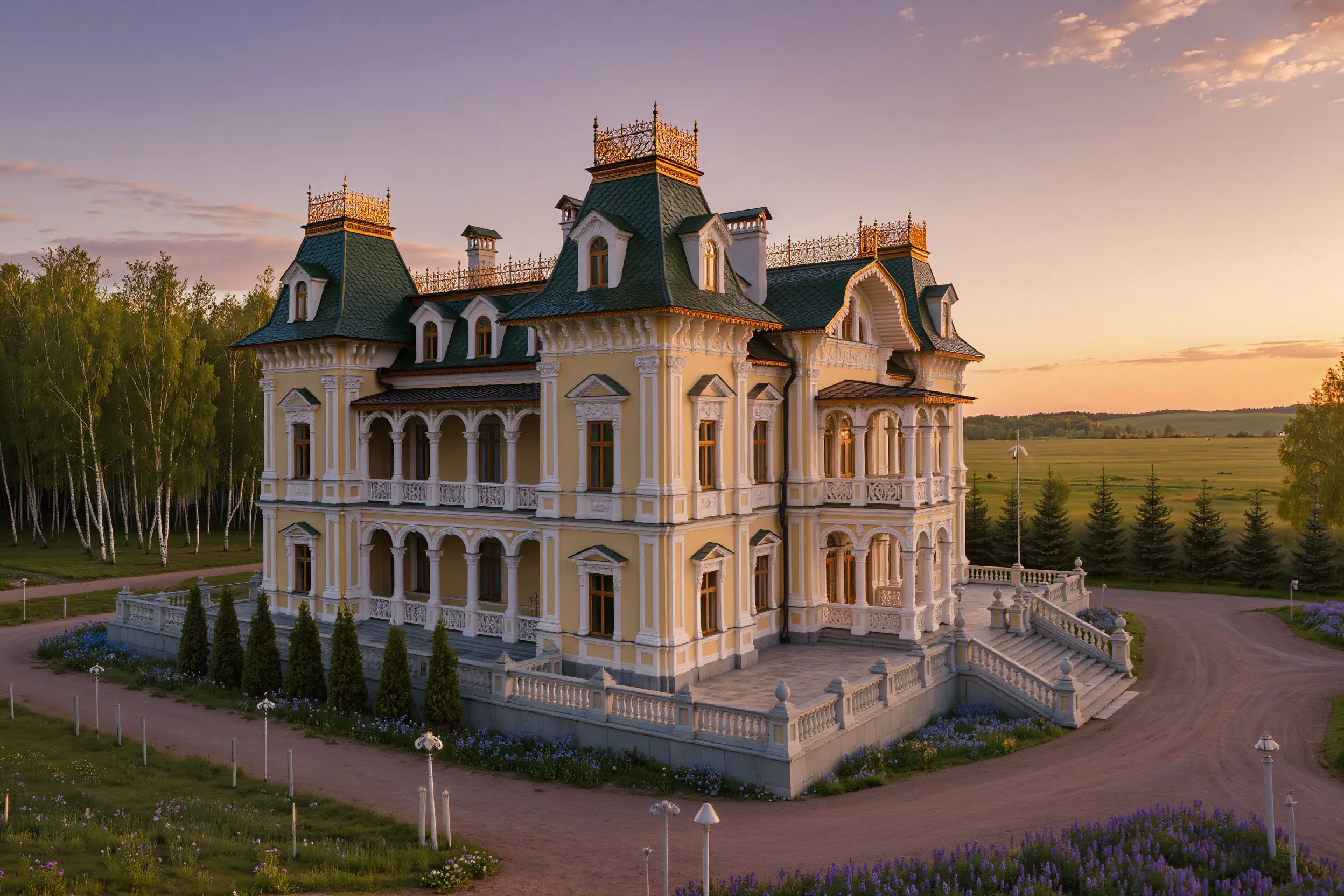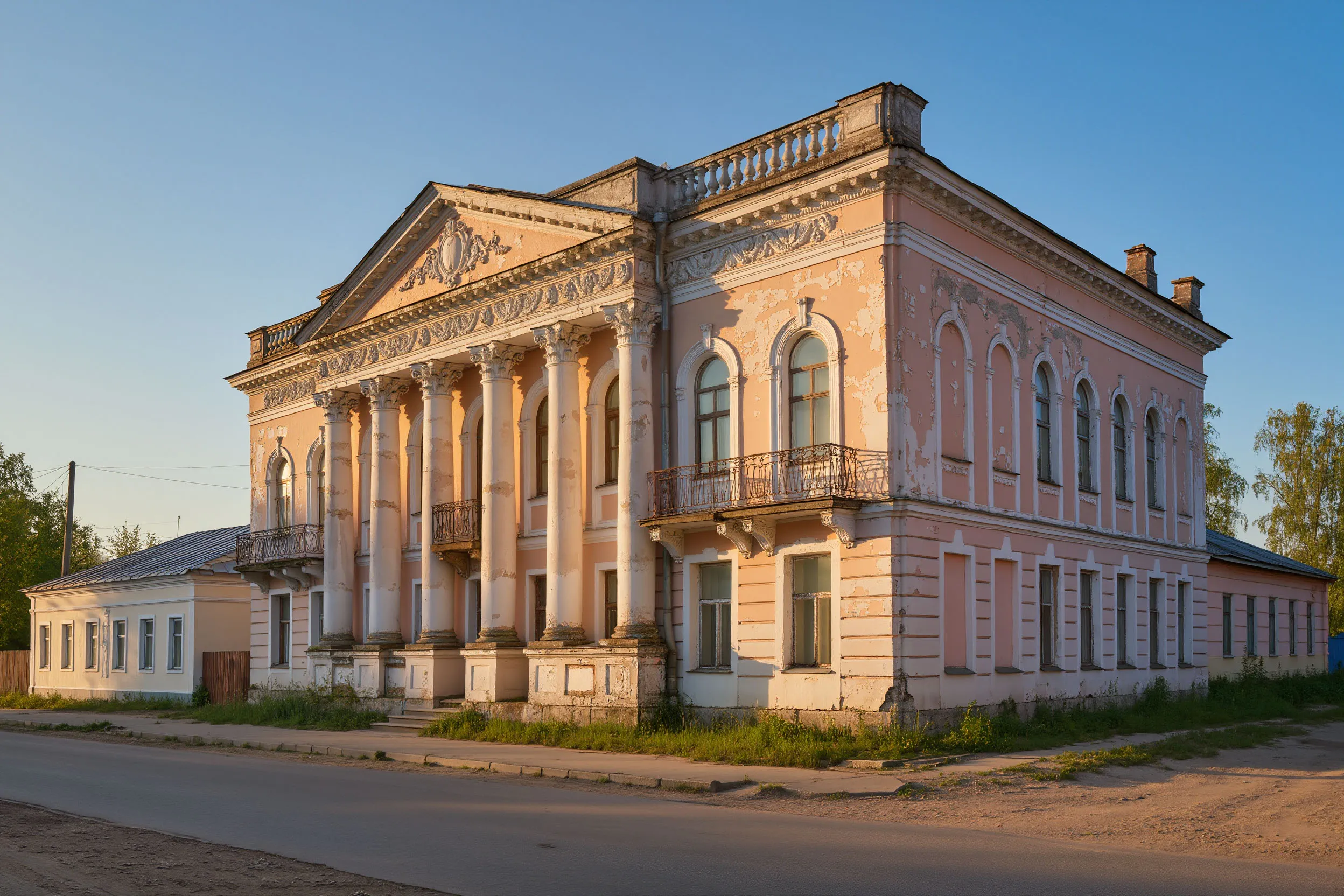Cultural Heritage Sites to Be Aggregated on a Single National Portal
Russia is launching a unified digital platform designed to transform how cultural heritage sites are monitored, restored, and governed, providing citizens, experts, and government agencies with a powerful new tool for preservation.

Access and Oversight
The State Duma has passed a law establishing a national digital platform for cataloging cultural heritage sites that are deteriorating or in need of restoration. The portal will be built on the Unified Housing Construction Information System and operated by DOM.RF.
The new system will consolidate detailed records on each site, including legal status, classification, geographic location, cadastral data, technical condition, preservation requirements, and previous restoration work.

It will also integrate information on federal and regional support programs, as well as data from government agencies and Russia’s national real estate registry. Religious heritage, archaeological sites, and memorial apartments will be excluded due to their special status.
This initiative marks a predictable but strategic step in Russia’s broader digitization agenda. Citizens will gain transparent access to information about heritage sites and their condition, strengthening opportunities for public oversight and engagement.
The platform may also serve as a model for applying IT tools to heritage preservation on a national scale, improving restoration efficiency, reducing costs, and attracting investment.
Digital Maturity
If implemented effectively, the platform could eventually evolve into an export‑ready technology for digital heritage management. Domestically, the solution will accelerate identification, monitoring, and restoration of historic properties while improving integration with cadastral, real estate, and investment systems.

Future development may include advanced analytics—such as predictive assessments of structural risks. Integration with GIS tools and support for 3D visualization of heritage sites are also expected. Open APIs would enable collaboration with civic groups, researchers, and investors, while mobile applications could make public participation easier. As the platform matures, additional categories of heritage sites may be added and geographic coverage expanded.
A Global Trend
Russia has been building a digital heritage ecosystem for years. In 2020, the country launched a virtual tour showcasing its multicultural heritage, marking a shift toward accessible digital museum experiences. Since then, the use of VR, 3D visualization, and other digital tools has grown rapidly. The new portal continues this trend and aligns with global efforts to digitize cultural preservation.

Legal Foundation
The new law provides the regulatory foundation needed to build a unified national platform for heritage oversight. In turn, this should increase transparency, improve restoration workflows, and attract private and public resources. The outcome, however, will depend on implementation quality, data accuracy, interoperability, and usability for diverse users.










































